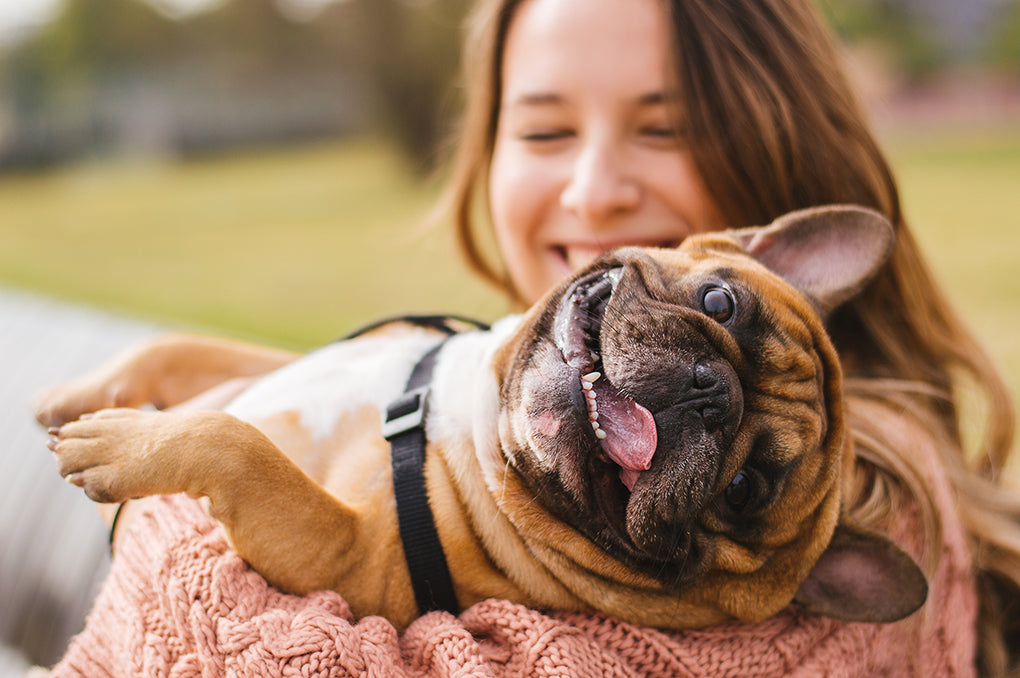
How to Speak Dog: The Basics of Canine Body Language
Have you ever wondered, "How do dogs communicate?" Although they can't speak, canine body language is a language all their own.
Postures, facial expressions, and movements are all part of canine communication, and when you learn to read dog body language, you also learn a lot about your puppy.
While there are many signals to look for in dogs, knowing them can make training them easier, bonding easier, and can even help you avoid dangerous altercations.
It's important to understand your dog. Try finding a dog body language chart. It will be useful as a visual aid to help you learn!
“We tend to mistake our pets for humans and forget that they’re not humans,” says Kristin French of Peninsula K9 Training . “Dogs communicate in different ways, which we may not notice until it’s too late. I think it’s important for any owner to know the basics of dog body language and to teach children about boundaries with dogs, whether it’s a dog on the street or your own pet.”
We asked 169 professional dog trainers from around the world for their top training tips, and they said that understanding dog body language is crucial when it comes to interacting with your dog.
This guide is a compilation of some of the most common signs that every dog owner should know.
Decoding Dog Postures
Belly exposure:
If you've ever seen a dog roll onto its back, you may have assumed it was asking for a belly rub. While this is sometimes the case, this "doggy on back" position can also be a sign of submission.
There are other clues you can look for to help you interpret these situations: If the dog looks relaxed, he probably wants to be petted (especially if he knows you well). But if his ears are flattened, his eyes are narrowed, and his tail is tucked between his hind legs, the puppy is stressed and trying to let you know he means no harm.
The so-called “sphinx” position:
Nothing says "Let's play!" quite as adorably as a dog doing a bow! When a dog bends its front legs and sticks its rear end in the air, it's a clear signal that it's ready to have some fun.
The puppy may repeat the gesture several times, tapping the ground with its paws to try to initiate play. Don't be surprised if you also notice it happily wagging its tail!
Rough hairs:
Have you ever noticed a puppy with a ridge of bristly fur on its back? This means it's very attentive, and it may be feeling stressed and insecure, or even aggressive. In any case, it's best not to approach it.
Back turned:
In the human world, turning your back on someone isn't a good sign, but have you ever wondered, "When a dog turns its back on you, what does it mean?" You'll be happy to know that it's a positive sign.
For starters, if a puppy turns its back on you, it means it doesn't feel threatened and therefore trusts you. It may also be inviting you to sniff its bottom, just like it would with a new canine friend. (Don't worry—you don't have to!)
Plus, your companion is smart and has learned that presenting his back to you is a good way to get a scratch on a part of his body that's hard to reach. Pretty clever, isn't it?
Learn the different messages conveyed by dogs' tails
Tail movement:
Does a wagging tail mean the dog is "happy"? Not necessarily. Depending on how the tail wags, it could mean the opposite.
Broad, mid-pitched beats usually mean the familiar "I'm wagging my tail because I'm happy." If the beats are a little higher and faster (and sometimes accompanied by butt wagging), he's very excited!
However, a high-set tail with rapid back-and-forth movements likely means the puppy is restless or on edge, so it's best to stay away. A dog's tail pointed downward and swaying slowly means the dog is insecure or wary of something.
Again, check other body language clues to decode what the dog is saying.
Tail positions:
There are also signs communicated by the tails of dogs that even without moving also have an important meaning.
A stiff, raised tail is a sign of aggression, especially if the rest of the body is tense, the dog is baring its teeth, and leaning slightly forward as if ready to pounce. Even if the puppy doesn't look particularly angry, a raised tail could mean it's on edge and might snap.
The "tail between legs" position definitely indicates fear. If the puppy feels threatened or cornered, it may react aggressively.
Deciphering Your Dog's Looks
Sideways glance/whale eye:
If your dog is "glaring" at you because you're positioned out of the center of his vision, he may just be looking at you in his peripheral vision, so he appears to be disrespecting you. However, your dog's sideways glance isn't always funny.
Sometimes what appears to be a sideways glance is what's called a whale eye. In this case, the whites of the eyes are more visible, and the dog is looking toward you as if to say "stay away." (This is the opposite when the dog's eyes are relaxed, and you can see more of the iris and pupil.)
When used by a dog, this expression is a way of telling you to leave him alone. Often, he uses it because he doesn't want to share a treat or toy, but also because he's afraid and doesn't want to be approached (especially if you're a stranger).
Dilated pupils:
Large pupils are a sure sign of excitement, with the underlying cause being either aggression or fear. In either case, keep in mind that the dog is not in a particularly friendly mood.
Stare:
If you've looked up to see Fido's gaze fixed on you and wondered, "Why is my dog staring at me?" He's just keeping an eye on you. You're the center of his universe, and he always wants to know what you're doing, and of course, make sure you're safe.
Even stranger, you may notice that he's watching you while he's doing his business. This may seem odd to us, but for all animals, this is a vulnerable position. He's probably making sure you're on the lookout for any danger!
Eye contact:
In the animal world, direct eye contact is a sign of dominance and can lead to aggression. That's why it's important to avoid prolonged eye contact, especially with puppies you've just met—they may perceive you as a threat.
Contemplation:
That being said, dogs you know well may look you in the eye with a look of tenderness. As long as they are giving off other signals of calm and contentment (relaxed eyes and ears, tail wagging happily, etc.), they are simply trying to tell you, "I love you!"
Wink:
You may also notice a dog winking at you from time to time. This could be a sign of submission, in an effort to break eye contact, to show that they are not a threat. If the reactions are positive, the winking could become a habit to get your attention!
Explanation of other “human” expressions and behaviors
Smile :
When you see a dog showing its teeth in a non-aggressive manner with its mouth closed and lips pulled back, it's not a radiant smile; it's simply a sign of submission. Often, dogs use this expression when they're being scolded (which is counterproductive anyway—because positive reinforcement is key!). They're reacting to their human's upset attitude.
However, our companions can indeed smile, in a way. When their mouths are relaxed and open and they pant gently with their lips slightly curled at the sides, consider this an expression of contentment.
A guilty look:
If you've ever asked your puppy who chewed your shoe, and they immediately looked guilty or sad, that was, in fact, another sign of submission.
Dog logic can't understand "I did something wrong, so my human is angry." But they will, however, understand that you're not happy and will respond with an action that says "you're the boss."
Lip licking:
Show a dog a juicy steak, and he'll likely start drooling and licking his lips. But in dogs, licking their lips (when there's no trace of food) is what's called an "appeasement signal."
The gesture is displayed in order to "calm" or appease the threat as if to say "I mean no harm," and therefore, it is a sign that the dog is tense.
Yawn :
Another calming signal, a dog that yawns in a stressful situation is not bored or tired, it is simply stressed.
On the other hand, in a casual setting, our companions may yawn, just like us! In fact, yawning has a "contagious" effect, between humans and dogs.
Next time you're relaxing at home, try yawning near your puppy and see if he starts yawning too!
Nonverbal dog body language signals corresponding to each mood
What does an aggressive or angry dog look like?
A dog in attack mode isn't difficult to spot, but noticing subtle body language signs that the dog is angry or aggressive, before you or your pet approaches, can mean the difference between a dangerous altercation or defusing the situation.
There are two types of aggression: defensive and offensive. A defensive dog will defend itself in response to a threat, while an offensive dog will trigger aggression.
Offensive aggression:
The dog accompanies this with many body language expressions signifying dominance. You'll see a dog stand up, its muscles will be rigid, and it will often shift its weight onto its front legs, as if ready to attack. Other signals to look for include bristling fur, bared teeth, a pricked tail and ears, and continued eye contact.
Defensive aggression:
This is slightly different, as a dog using aggression for defense will also show fear. It will be tense, but will stay close to the ground, its ears will be flattened, and its tail will remain between its hind legs. It may also bare its teeth, its fur will stand on end, and it may stare at the approaching human or animal.
How to recognize a dog that is afraid?
It is important to understand fear signals, not only to calm your dog, but also being aware that fearful animals can become defensive and aggressive, as mentioned above.
You should never approach an unfamiliar puppy showing signs of fear (and don't let your puppy get too close either). If it's your companion who seems tense, try to separate them from the one who's stressing them out and never force them to interact with another human or animal.
Signs of fear:
A fearful or anxious dog will curl up toward the ground with its tail between its hind legs. Its ears will be flattened on its head, and its eyes may appear large and round. It may lick its lips and/or yawn, pace, or tremble. It may also have raised fur, and if the situation escalates, it may attack defensively.
How to recognize a happy dog:
One of the reasons we love dogs is that they clearly show their emotions, and when a dog is happy, there is no doubt!
Signs of contentment:
Calm, content dogs appear perfectly relaxed. With their ears and tail at neutral height, they may sway their tail gently from side to side. Their mouths are slightly open, perhaps curving into a "smile." The pupils and irises of their eyes show more than the whites. They may trot up to you to ask for petting or make non-threatening eye contact, simply to show they are interested.
Signs indicating excitement or cheerfulness:
An excited dog may wag its tail so vigorously that it makes its bottom wiggle, and its wide-open mouth will form a happy "grin."
If he wants to invite you to play, he can get into the sphinx position, lying on his front legs while raising his hindquarters. He can do this several times until you start playing with him.
Either of these positions may be accompanied by barking, as if to say, "Come play with me!" or "I'm so happy to see you!"
There are so many signs and subtleties to be aware of when it comes to understanding dog language, and every dog is different—it's easy to get confused! That's why, when interpreting a dog's mood, it's so important to consider the context, assess the situation, and take into account other cues in their body language.
But once you start observing, you'll be surprised at what you can learn if you know what to look for. That's what a professional dog trainer can help you do.
“A happy, well-balanced dog can bring more joy into your life than anything else on earth,” says Julia Lang of Apollo Dog Training . “Dogs are capable of bringing so much into our lives, that we need to give them every opportunity to live the best life possible.”
Did this article give you a better understanding of canine body language and why it's so important for pet owners to learn? We hope so!
If you found this information helpful, don't miss the next article in this series, which will provide professional advice on how to deal with the most difficult canine behavior of all: aggression .
Find more tips, tricks, and of course, cool videos on the HomeoAnimo™ Facebook page , where we're constantly posting new and interesting information. And don't forget to sign up for our newsletter to stay up-to-date on our latest articles and blog posts!



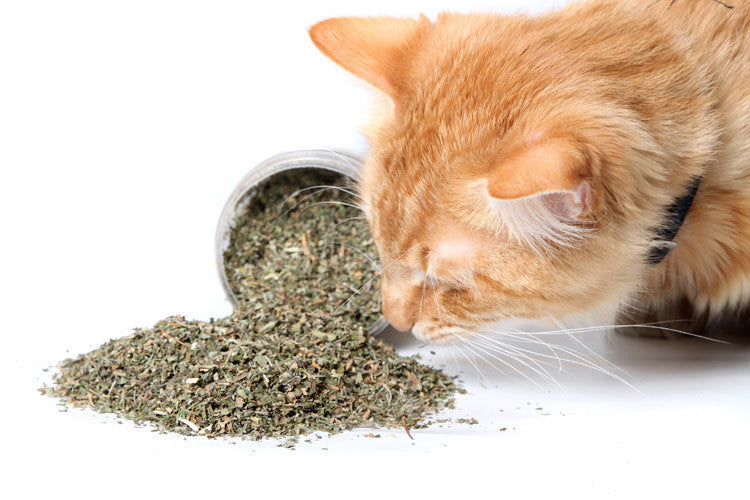
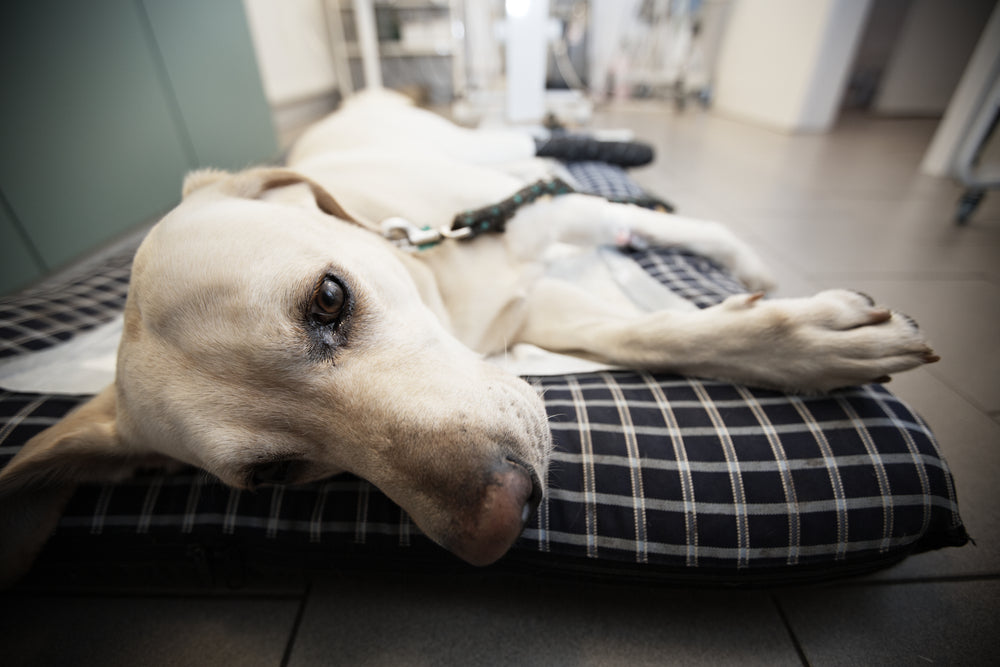

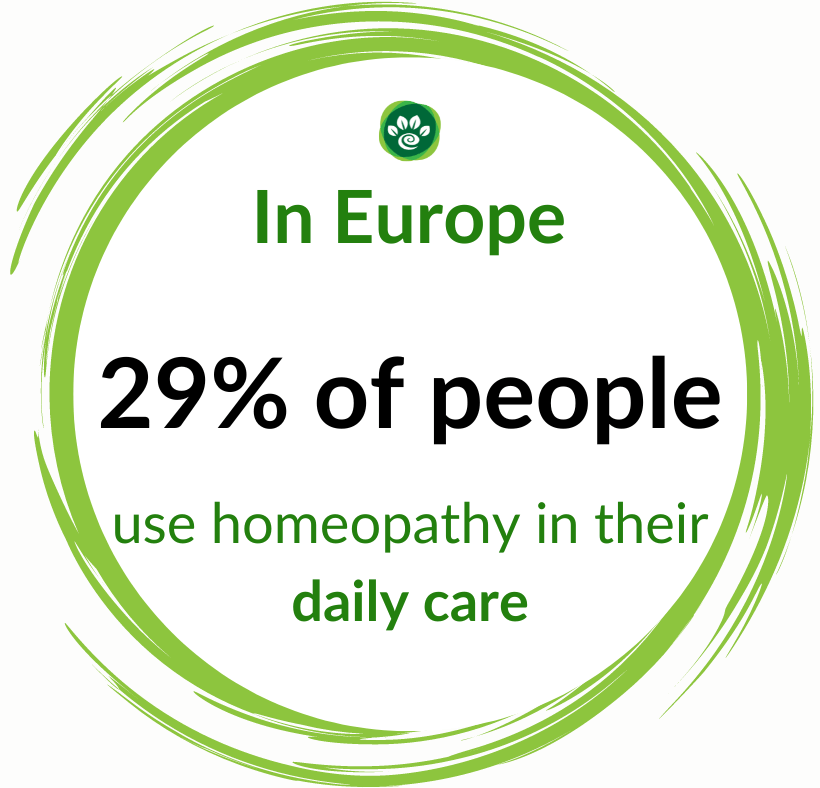
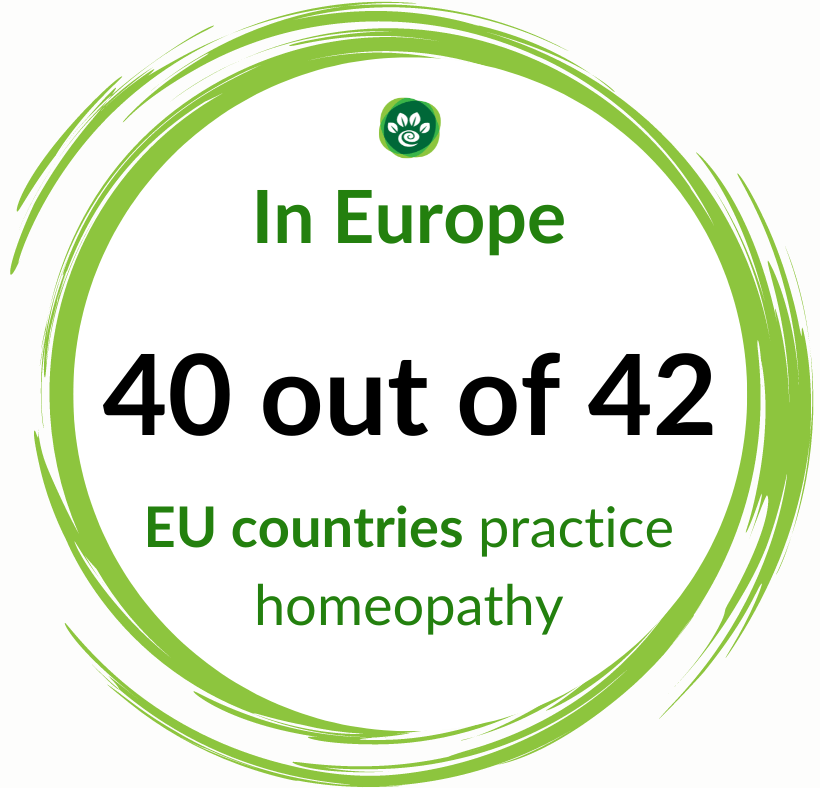
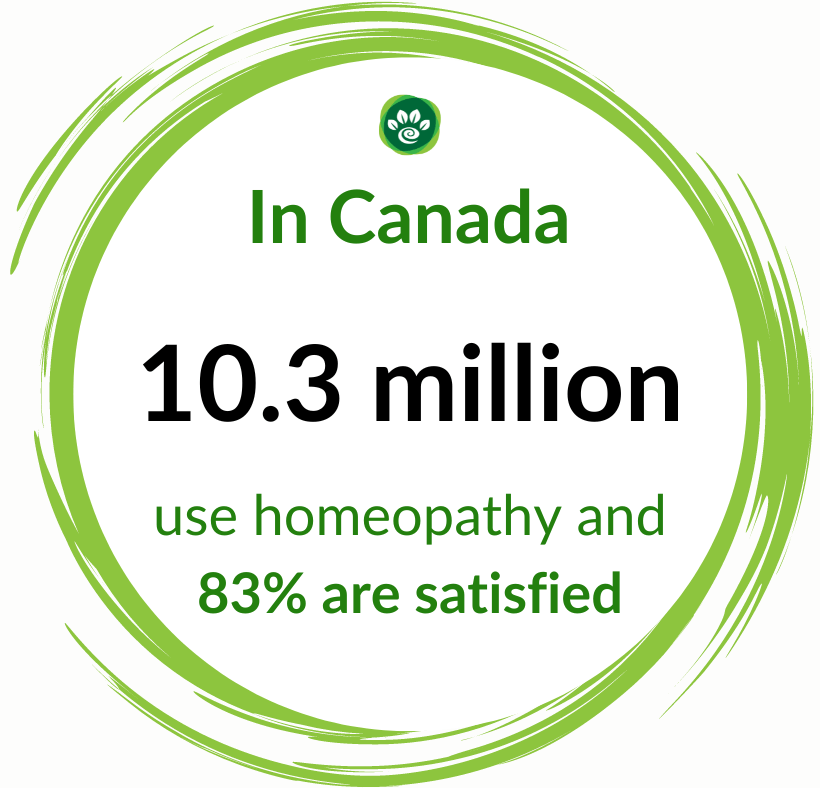











Leave a comment
This site is protected by hCaptcha and the hCaptcha Privacy Policy and Terms of Service apply.